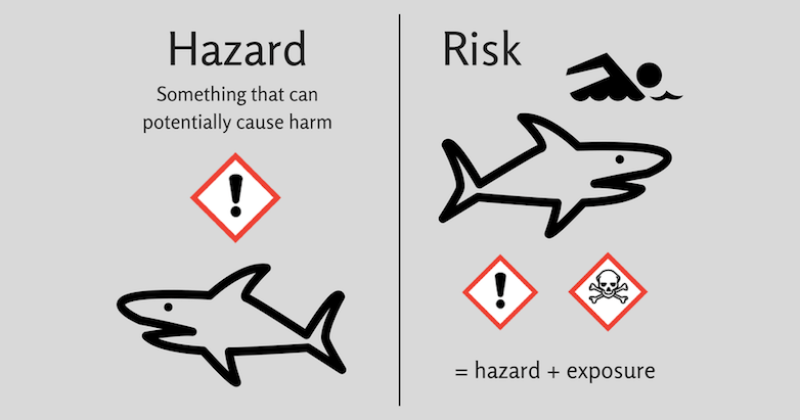When reading articles, blog posts, or policy papers related to the use of pesticides, we often hear the word “hazard”. “Highly-hazardous” chemicals or substances are in the focus of many environmental groups, who demand that the EU cleans up its act on the alleged ‘poison’ in our food. Theirs is a misunderstanding of the scientific meaning of “hazard” and “risk”
Risk-based regulation manages exposure to hazards. For instance, the sun is a hazard when going to the beach, yet sunlight enables the body’s production of vitamin D and some exposure to it is essential to human health. As with everything else, it is the amount of exposure that matters. A hazard-based regulatory approach to sunlight would shut us all indoors and ban all beach excursions, rather than caution beach-goers to limit their exposure by applying sunscreen. The end result would be to harm, not protect human health.
The same logic of hazard-based regulation is all too often applied in crop protection regulation, where it creates equally absurd inconsistencies. For instance, if wine was sprayed on vineyards as a pesticide, it would have to be banned under EU law, as alcohol is a known and quite potent carcinogen at high levels of consumption.
By ignoring the importance of the equation Risk = Hazard x Exposure, hazard-based regulation does not follow a scientifically sound policy-making approach.































